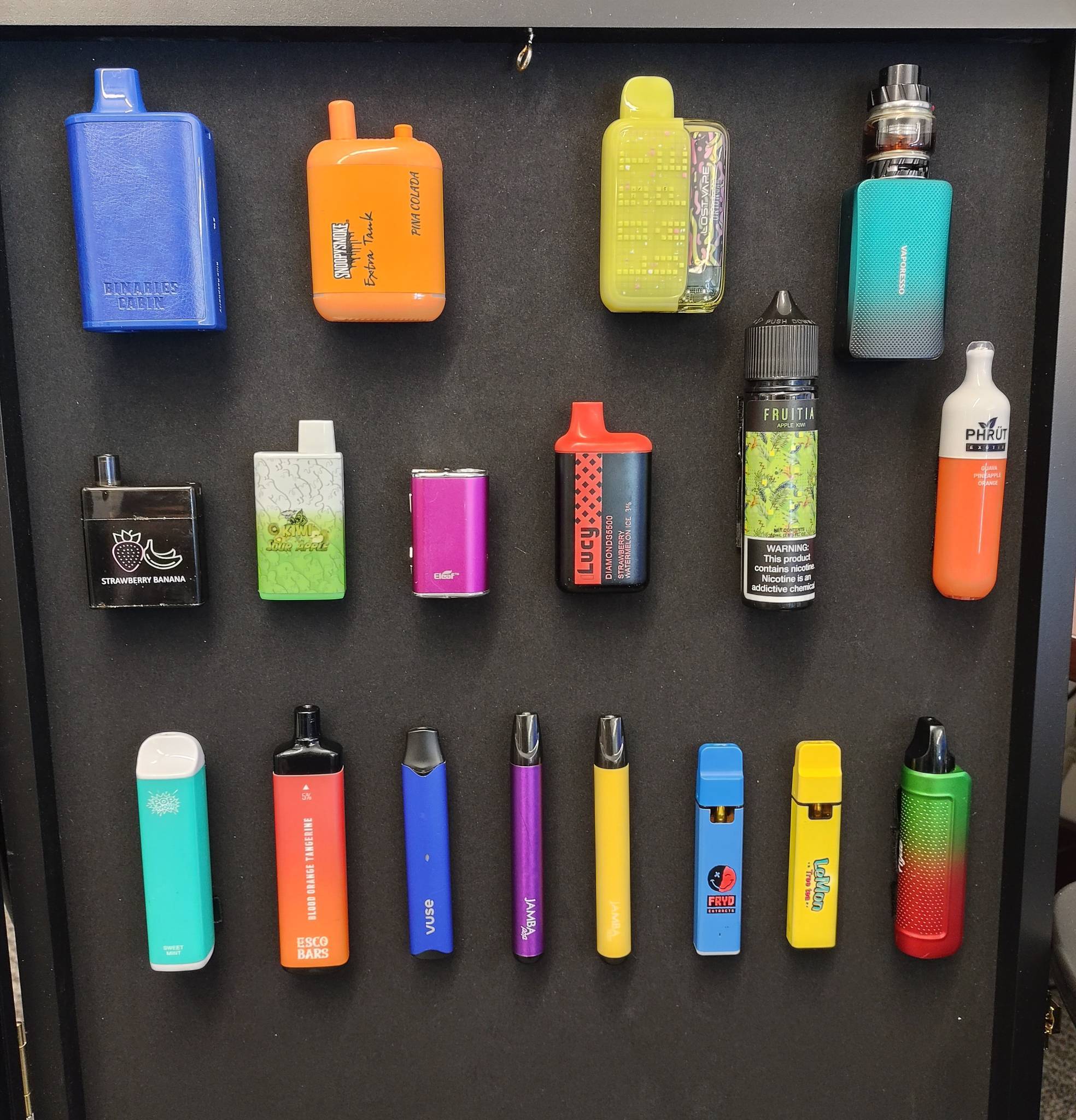USU Press Release
Writer: Dennis Hinkamp, Dennis.Hinkamp@usu.edu
Contact: Ashley Yaugher, Utah State University Extension health and wellness faculty, Ashley.Yaugher@usu.edu, 435-636-3276
The use of e-cigarettes, commonly known as vaping, has surged among youth and young adults since the devices were introduced to the U.S. market in 2006. The battery-powered devices heat a liquid containing nicotine into a toxic aerosol that users inhale. E-cigarettes come in various shapes and sizes. Despite being marketed as a safer alternative to traditional cigarettes, they still pose significant health risks, especially for youth.
Vaping devices are generally small and easy to conceal, and youth can find clever ways to hide them. Utah State University Extension’s Be Epic, Escape the Vape team has compiled a website with materials to help parents better understand the risks and symptoms of vaping. Consider this information.
Health Risks of E-Cigarettes for Youth – Nicotine is a primary component of e-cigarettes. Although some e-liquids claim to be nicotine-free, studies show that nearly all contain nicotine. Nicotine can harm brain development in youth, increasing their risk of substance use disorders, memory and attention issues, and anxiety. Furthermore, youth who vape are nearly seven times more likely to start smoking cigarettes within 18 months than non-users, marking e-cigarettes as a potential gateway to other substances.
In addition to nicotine, e-cigarettes contain harmful chemicals such as propylene glycol, aldehyde, and metals like lead, nickel, and tin. These substances can cause lung damage, increase the risk of heart disease, and result in conditions like asthma, bronchitis, and popcorn lung. Mental health impacts include increased anxiety, mood swings, and withdrawal from social and academic activities.
Signs of Youth Vaping – Parents and guardians should be aware of signs that their child might be vaping. These include anxiety, irritability, difficulty concentrating, unexplained weight changes, and the sudden presence of sweet smells, chargers, or unrecognizable devices.
What Caregivers Can Do – By remaining vigilant and having open conversations, parents can help prevent youth from engaging in e-cigarette use. Open, honest communication is key, along with setting clear household rules about tobacco use. If your child is already vaping, express concern, be supportive, and consider professional help if necessary. Help them know there are immediate benefits for those who quit vaping, and that most youth who vape want to quit.
For more information on preventing youth vaping, visit USU Extension’s website, Be Epic Escape the Vape.

